
Support Team
Feedback:
support@nextpcb.com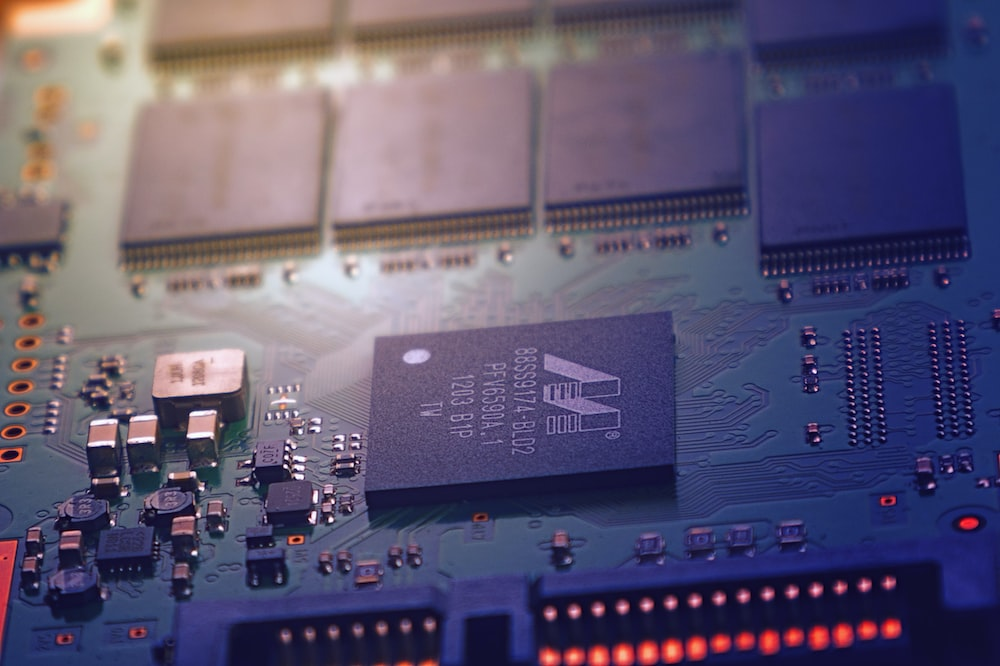
PCB industry has paved way for technological advancements in recent decades. Printed circuit boards are circuit boards found in electronics that connect electronic components in an organized manner. Printed Circuit Boards use laminate materials such as fiberglass and epoxy, with layers of copper circuitry.
Almost all electronics used by humans today have at least a Printed Circuit Board. This PCB mechanically supports and electrically connects individual electronic components, enabling communication based on their function.
It is imperative to become aware of PCB Industry trends and challenges it presents in 2022. This guide considers the applications, industry trends, and challenges that PCBs showcase in the industry.
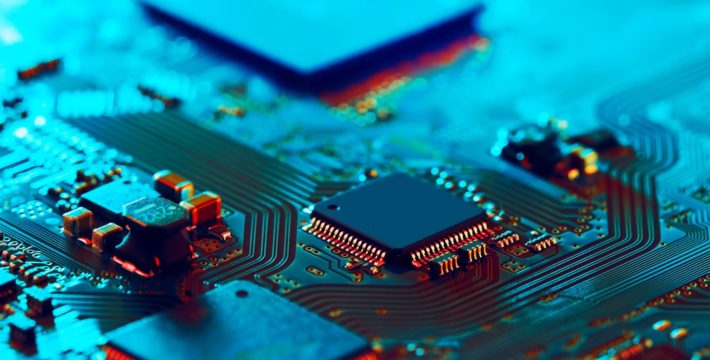
Everyone use Printed Circuit Boards every day without realizing it, and they seamlessly apply to every industry that uses electricity and mechanical actions.
The application of PCB varies based on the types of PCB in the industry. There are rigid PCBs, flexible PCBs, and Hybrid (Rigid-flex PCBs). PCBs, like wristwatches, can be small or large, like industrial machines. Still, here are five applications of PCBs in 2022.
Consider a few PCB applications in 2022.
The healthcare industry is seeing incremental applications in PCB technology. PCBs play a vital role in diagnostics, monitoring, treatment, and more devices. PCBs used in medical devices must offer a high degree of reliability when functioning, as they are crucial to the health and well-being of patients.
Also, PCBs used in the medical field must follow strict sanitation standards. Many of the devices are usually small to medium in size. As a result, many of the PCBs used are high-density interconnect or HDI.
PCBs are found in medical devices such as medical imaging system (CAT and Ultrasounds), which uses PCBs to analyze and compile images. PCBs are also in Monitors (such as heart rate, life support machines, blood pressure monitors, and others) and internal devices (such as pacemakers and implants), which support a patient’s health.
LEDs are quite popular in lighting technology as they are used in residential, commercial, and industrial lighting, such as in the automotive, computer technology, and medical sectors. LEDs are known for their energy efficiency, long-lasting light cycles, and compactness.
PCBs play a vital role in LED applications, especially in transferring heat away from the bulb. However, high temperatures can damage LEDs and shorten their lifespan. As such, the PCBs used in LEDs are made of aluminum to conduct heat to other metal parts.
LED PCBs are found in Residential lighting (including smart bulbs, which increase energy efficiency). Also, in Commercial lighting (used by shop owners to light up signage and their stores), Automotive displays (such as Dashboard indicators, headlights, brake lights, and more), Computer displays and indicators, and medical lighting (used for surgery and emergency medicine which are often bright and gives off heat which is ideal to the environment).
Consumer products ranging from smartphones and computers to household appliances require PCBs to function correctly. Many electronics are powered with PCBs, making PCBs a part of daily living. PCBs are often smaller in consumer electronics yet powerful; they are also cheaper to manufacture to keep the final price low for consumers to buy.
They offer high reliability as manufacturers want to stay longer in the consumer electronic business. PCBs are applicable in communication devices (such as smartphones, smartwatches, tablets, and radios), Computers, Entertainment systems (Televisions, Video game consoles, and stereos), and home appliances (including refrigerators, microwaves, washing machines, and beverage makers).
Printed Circuit Boards have varied use in the industrial sector. The kinds of PCBs used in industrial machines are often high-powered and can withstand harsh conditions in industrial layouts.
PCBs in industrial sectors must resist handling, vibrations, extreme temperatures, and harsh chemicals. As a result, Manufacturers that produce industrial PCBs use durable or thermal-resistant metals that are thicker than other kinds of PCBs in other sectors.
Some of the industrial applications of PCBs include Manufacturing equipment (power drills and presses), power equipment (Generators, power inverters, solar power generators), Measuring equipment (used in the control of pressure, temperature, humidity, and other factors), and Robotics.
A growing number of electronic components are used in the Automotive and Aerospace sectors. In the Automotive industry, PCBs have advanced from simple wipers and headlight switches to making cars smarter, safer, and easier to drive. In the Aerospace world, PCBs are used mainly in space shuttles, satellites, and radio communications systems.
PCBs in the Automotive and Aerospace requires using materials that can withstand vibration, extreme temperatures, and severe conditions. Some PCB-enabled devices are used in outer space. As such, they must be highly durable and reliable.
Applications of PCBs in Automotive components include Entertainment and Navigation System (stereo, headlights, and brake lights), Control system (engine management systems and fuel regulators), and Sensors (which monitors blind spots and assists in automatic parallel parking)
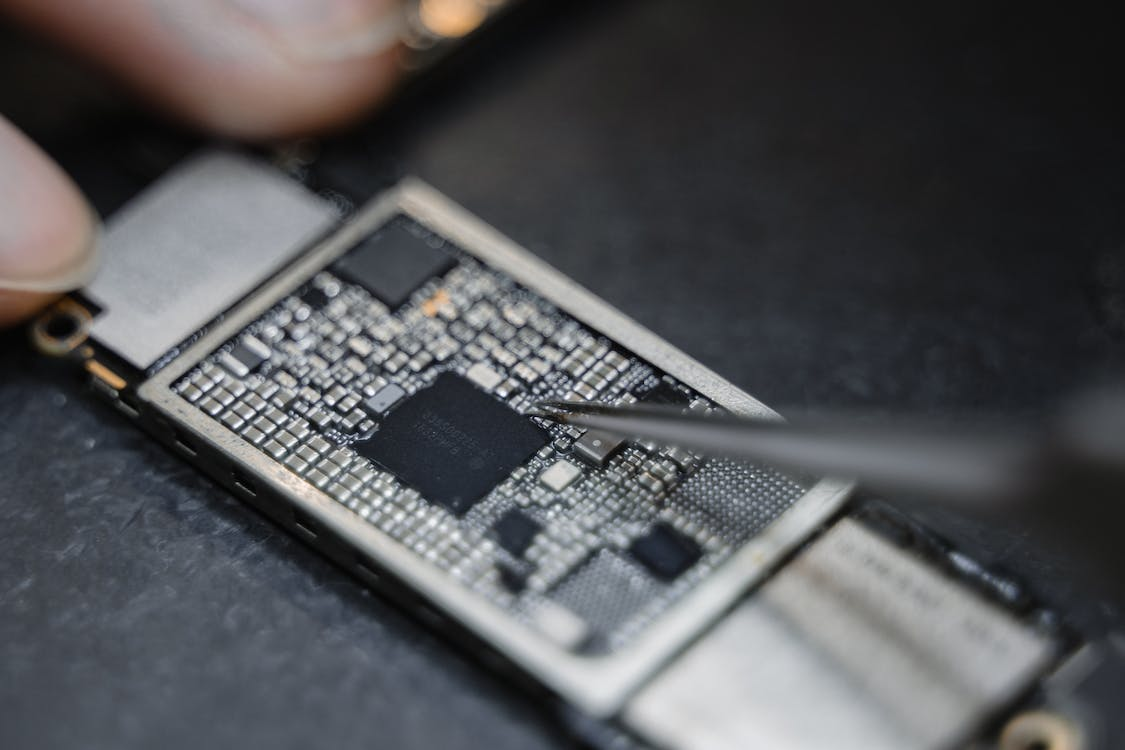
These PCBs are high-performance yet small in size. Unlike traditional PCBs, they are made with fragile materials which allow compact wiring, tiny laser vias, and pads. Since High-Density interconnects PCBs require powerful yet fewer materials, the manufacturing process is cheaper and requires a unique technique to produce them.
HDI Printed Circuit Boards are preferred in small electronic products that are powerful smart, and efficiently such as wearable devices and rocket ships. The drive to make PCBs smaller and more powerful is one of the most influential industrial trends in the PCB industry.
3D Printed Electronic is an additive manufacturing process that can build 3D circuits by printing a substrate layer by layer. It enables faster prototyping with a short turnaround time. 3D printing eliminates the need for an assembly process as many machine parts can be built with 3D printing.
With the use of PCBs, 3D printers are transforming electrical systems design making them automated and improving efficiency.
The PCB industry faces environmental regulations like every other global business to achieve sustainable business practices. The problem in the industry is that many circuit boards can last a decade and end up in a landfill, causing harm to the environment.
There is a debate regarding PCB finishes, which many believe contain lead in many PCBs and could potentially harm the environment with information seeping into the water.
Based on RoHS standards, PCBs no longer use Lead Hot Air Solder Leveling (HASL), and dozens of PCB finishes are cheaper and safer for the environment.
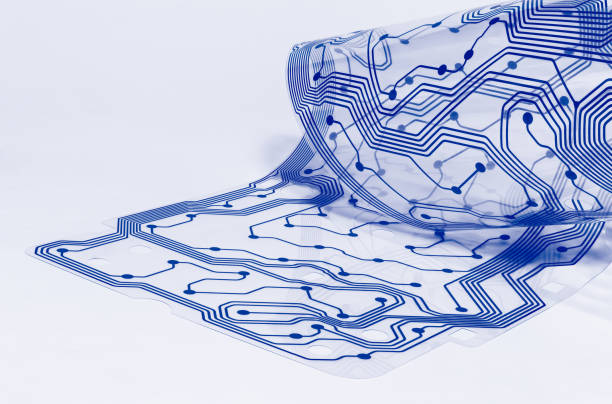
The flexible Printed Circuit Boards were an efficient yet innovative means to create advanced circuit boards that could bend to fit smaller spaces that a rigid PCB cannot. Flexible PCBs are arrangements of circuitry on flexible film layers. It could be single-sided, double-sided, multilayer, or hybrid.
Flexible PCBs have various applications, from electronic devices, automotive components, medical devices, and satellites equipped to withstand vibrations and high temperatures. However, they are challenging to repair and are costlier to produce than traditional PCBs.
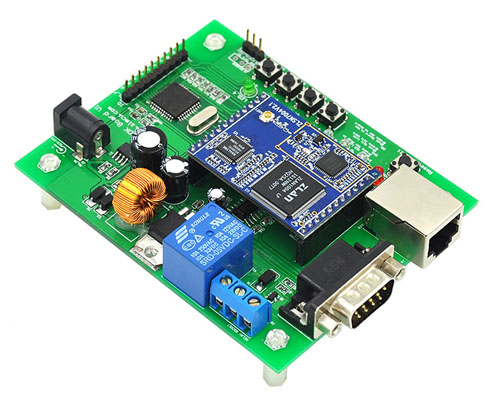
The Internet of Things can improve the manner of designing and fabricating PCBs. The idea of IoT involves layers of wireless communications. This technology allows home and office equipment to connect seamlessly in monitoring and controlling these devices remotely.
If you, as a manufacturer, want to fabricate a PCB, you connect to the internet and use the connection to operate the Fabricating machine required to design the PCB. This process is a faster and easier method of fabricating PCBs more quickly and efficiently.
The caveat, however, is to ensure that the PCBs meet various standards, specifications, and customers’ needs before development can begin. However, the internet of things makes transferring PCB requirements and essential data to Manufacturers easier across devices.
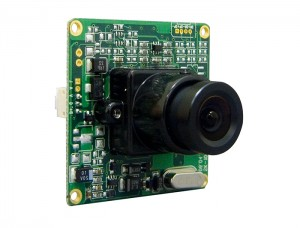
The use of board-based cameras is a growing trend in the PCB industry ranging from consumer to industrial electronics. Its operation requires the camera’s mounting directly on the PCB to take quality photos and videos.
These PCB board cameras are applicable in mobile phones, laptops, and tablets, scanning medical devices in non-invasive procedures and surveillance cameras for surveillance and protection purposes.
Also, there is a growing PCB trend in Augmented Reality (AR) and Virtual Reality (VR), which alludes to the fact that there is a significant impact that the PCB manufacturing technology will bring through electronics and electrical systems available to consumers.
The increased data transfer rates available through fifth-generation mobile communication, also known as 5G, are a major driving force in PCB trends in the industry. 5G has opened up new connectivity and communication between smart devices.
As a result of this improved connectivity, there is an increase in smart devices, advanced robotics, support for smart cities, self-driving cars, and several autonomous things. All these smart devices relate with one another by transferring, transmitting, managing, and processing massive amounts of data within a short time with reduced latency problems.
There is no doubt that 5G will push PCB technology further to ensure seamless operations between smart devices.
Despite many PCB industry trends in PCB technology, unique challenges could hinder the industry from moving forward.
The recent trends in the PCB industry are driving components to become smaller and more efficient. While these trends have advantages, they create increased pressure to provide cutting-edge technology to satisfy consumer needs.
To create these smaller PCBs, Manufacturers need to invest in materials, equipment, and building knowledge which further influences every design process ranging from imaging, plating, pre-treatment, surface treatment, and other procedures. It also needs the proper knowledge and expertise to produce an efficient and reliable process.
Another challenge to the PCB industry is the varying cost of the components sold by PCB suppliers and Manufacturers. Also, components become expensive, increasing the price of the finished products.
An initiative to combat PCB price hikes is to forge strategic partnerships between manufacturers. Original Equipment Manufacturers (OEMs) could contract product design and development to Electronics Manufacturing Service (EMS) companies to minimize overall expenditure and regulate production costs.
In addition, these Manufacturers must continue to evaluate their customer needs and design portfolios to ensure their business models aligns. Also, value propositions must undergo thorough assessments to ensure they align with consumer needs and management decisions.
The PCB industry is receiving new technology to ensure it is more efficient, reliable, and smart. Its applications extend to healthcare, automotive, commercial, and industrial equipment. This guide has extensively discussed major PCB trends and challenges in 2022.
The future of PCB is promising and will be characterized by product performance and miniaturization. Also, the need for these PCB trends to be environmentally conscious and regulate production costs will play a significant role in shaping the future of the Printed Circuit Board Industry.
Still, need help? Contact Us: support@nextpcb.com
Need a PCB or PCBA quote? Quote now